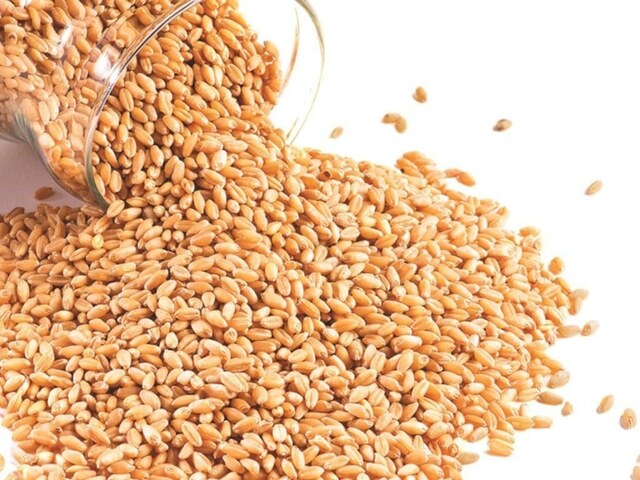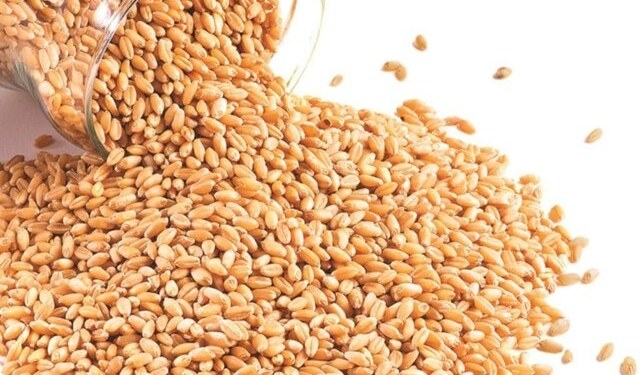PARIS: Euronext wheat steadied on Friday after a two-week low in the previous session, with a reduced estimate for Ukrainian sowing and a report of a strike on Odesa port shifting attention back to weather and war risks to Black Sea export supplies.
December wheat on Paris-based Euronext was 0.1% up at 216.00 euros ($241.01) a metric ton by 1552 GMT, recovering from Thursday’s low of 214.75 euros. Chicago wheat also regained ground.
Brisk exports of cheaper Russian and Ukrainian wheat have pressured wheat markets this week after a rally in early September. Paris and Chicago futures extended gains on Friday after Ukrainian authorities reported that a Russian missile strike had damaged infrastructure and a civilian vessel in the Black Sea port of Odesa.
But prices came off daily highs as it was unclear if a grain cargo was involved and, like with previous attacks, disruption to shipping appeared limited.
“If ever a silo full of wheat or corn were hit then the market might go into panic but it’s not really the case here,” a futures dealer said.
At the same time, concerns about dry weather affecting planting for next year’s wheat harvest in Ukraine and Russia were also underpinning prices.
Ukraine’s farm ministry has revised down its 2025 winter wheat area forecast to 4.48 million hectares from 4.69 million previously, ministry data showed on Friday. The ministry gave no reason for the revision but it comes amid parched conditions in much of Ukraine that traders already expect to have cut the area sown with rapeseed. Grain trade association Coceral cut its forecast of this year’s soft wheat crop in the European Union and Britain to 126 million metric tons against 134.5 million projected in June.
That included a reduced EU production estimate of 114.9 million tons, 9% below last year’s level.
France, usually the EU’s biggest exporting country, is expected to see wheat shipments outside the bloc plunge its rain-hit crop yielded the smallest volume since the 1980s along with mixed milling quality. Wheat ship loadings remained sparse, with early-season grain shipments still led by barley exports to China, port data compiled by LSEG showed.

Source: Brecorder

























